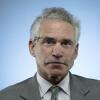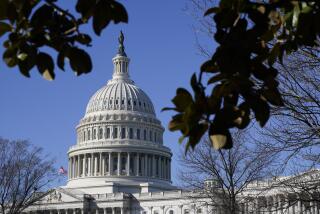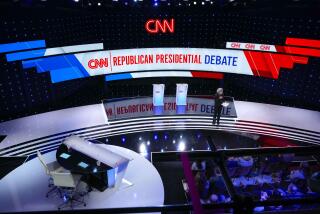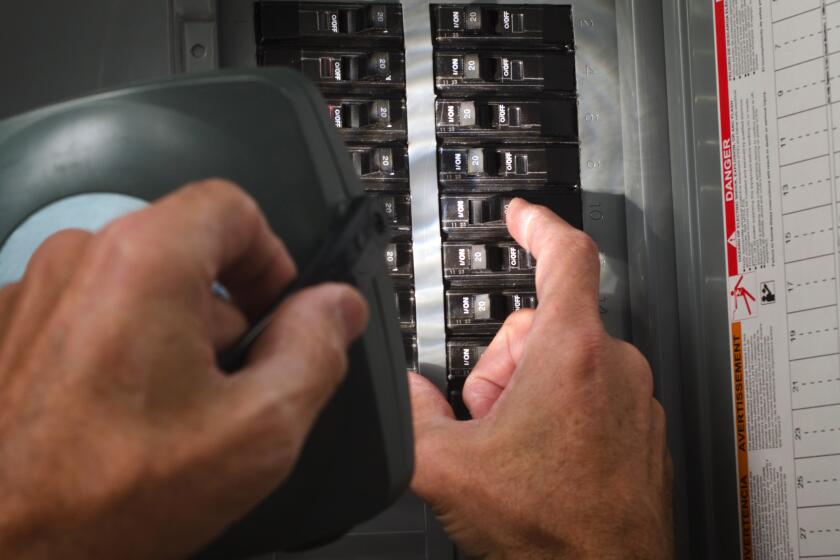Where campaign spending was highest, disdain for it is bipartisan
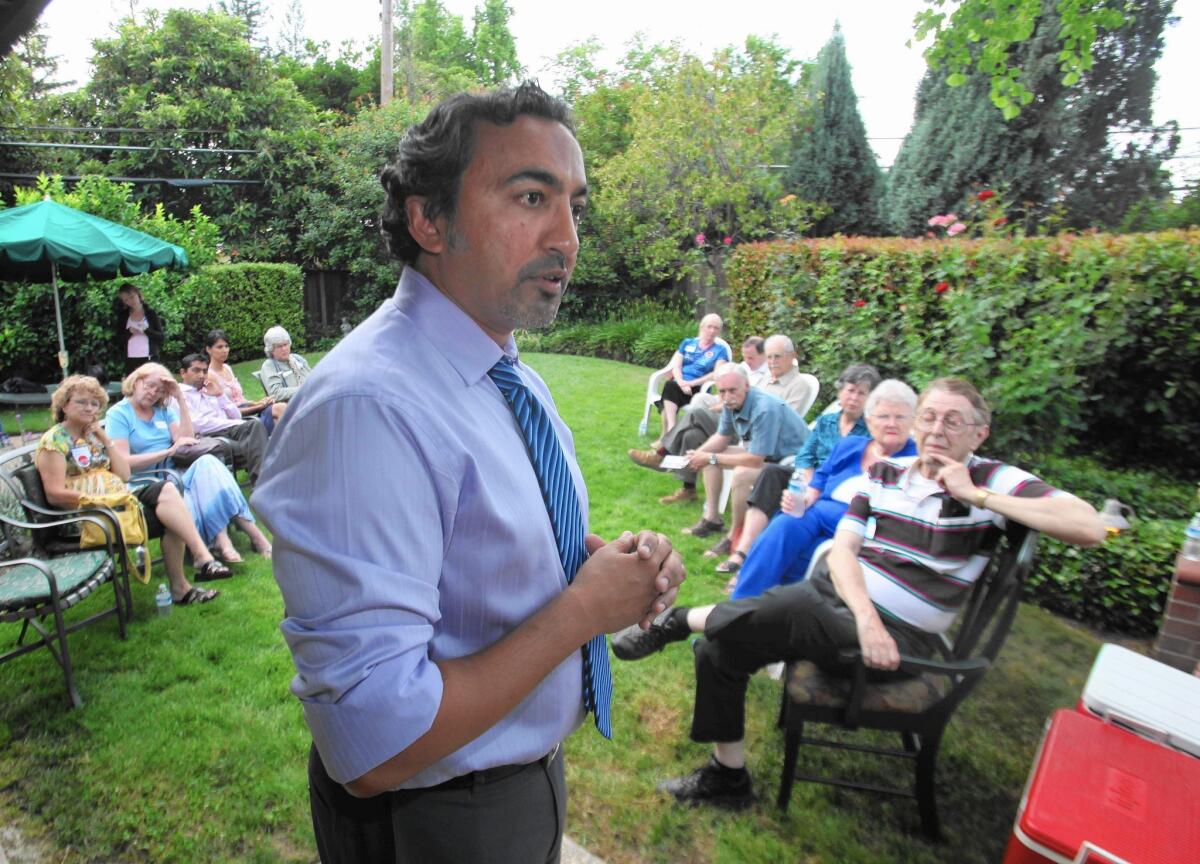
The priciest congressional election in the country wasn’t a slugfest in some silk-stocking district or free-for-all on the pricey Westside of Los Angeles. It was fought here in Northern California, where the American River winds from Folsom through the workaday suburbs of Sacramento.
Nearly $24 million was spent in the fiercely contested race between Republican Doug Ose and Democratic Rep. Ami Bera, who won a second term by a mere 1,455 votes out of 184,000 cast, or a margin of less than 1%.
That works out to roughly $129 a vote, and a lot of people around here would have been much happier if they’d shredded those millions of dollars, mixed them with asphalt concrete and used the slurry to patch the region’s many potholes.
The cost of elections has been rising steadily for years, driven by looser spending limits, new technologies, a burgeoning campaign industry serving special interests and above all, a self-perpetuating philosophy summed up by Stephanie Krenzin, 58, who runs an online retail business from Carmichael: “One person does it, so the other person has to do it.”
Rough financial parity, as in this race, may help candidates sleep at night, and the spending certainly enriches the political consultants who earn commission on all those TV advertisements; nearly 14,000 were broadcast in the Sacramento area from Jan. 1 to Nov. 4, according to Kantar Media CMAG, which tracks political advertising nationwide.
It’s debatable, though, how much of a difference all those millions made.
When asked how they made up their minds, not one person in three dozen interviewed cited anything they had heard or seen in any of those TV spots, or mentioned a single thing they read in the blizzard of campaign pieces that choked 7th District mail boxes.
In an age of deeply bred partisanship, voters — not surprisingly — reverted to form. Democrats, such as Logan Costa, voted for Bera. “He’s really down to Earth and more up my aisle,” said the 53-year-old retired social worker.
Republicans, such as Rollie Peterson, voted for Ose. “I didn’t like Ami Bera’s leanings and I never have,” the 67-year-old Fair Oaks attorney said.
The disaffected remained disaffected. John Johnston, 60, a prep cook and assistant manager at a Round Table pizza in Carmichael, didn’t bother voting, skipping this election as he has every one since 1986.
“It’s not going to make a difference,” Johnston said.
Few people ever admit to paying close attention to political commercials — or, heaven forbid, being persuaded by their self-serving content — though political advertising goes a long way toward shaping perceptions of a candidate and setting the campaign agenda.
Still, it was telling that more than a third of those asked couldn’t even name the two candidates who have been an unavoidable presence on their TV screens for months, or else wrongly identified them. Two people said they voted for “Issa” and “Cooley,” when they meant Ose, and several named “Barry,” “Omni” or “Abi,” when they meant Ami Bera.
There was a vague awareness that Ose opposed the Affordable Care Act, a central issue in the contest, while Bera, a physician, supported Obamacare. But asked to come up with something — anything — they recalled from just one TV advertisement, only three people could name specifics.
One remembered Bera’s support for legislation withholding congressional pay until lawmakers passed a timely budget, and another recalled Republican efforts to link the freshman Democrat to House Leader Nancy Pelosi of San Francisco.
A third person recollected Ose driving a pickup truck and assumed that meant he was a farmer or rancher. (Actually, Ose, a former member of Congress, made his fortune as a commercial real estate developer.)
For most, the barrage of ads was an undifferentiated blur of negativity: charge, countercharge, accusation, refutation, parry, thrust, ad nauseum. In fact, Kantar’s research found that fewer than 1 in 10 spots could be categorized as “positive.”
“That’s what’s so disgusting,” said Daniel Conley, 59, a retired attorney and Democratic Bera supporter, who paused during his evening walk around an upscale shopping center in Gold River. “There are so many other things that you can do with that money that’s more valuable than just spending it on television ads.”
Like putting more money into education and local police, he suggested. Or improving public transit and helping the homeless and poor kids, others said. Or cleaning up parks and fixing the local drainage system, some offered. Or filling those awful potholes.
That’s one thing that Democrats, Republicans and even the politically apathetic all agreed on.
Not one person wanted more campaign spending.
mark.barabak@latimes.com
Twitter: @markzbarabak
More to Read
Sign up for Essential California
The most important California stories and recommendations in your inbox every morning.
You may occasionally receive promotional content from the Los Angeles Times.
